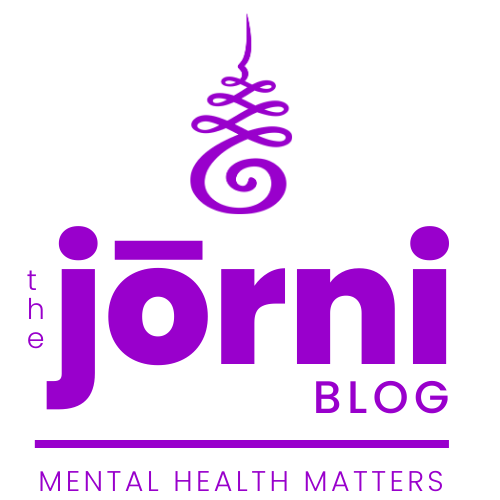Reconnecting Through Gentle Practices
In our fast-paced world, the connection between our physical bodies and mental health often gets overlooked. The demands of daily life can lead us to prioritize efficiency and productivity over self-care, causing a disconnect between our mental and physical wellbeing. This disconnection can be particularly pronounced after experiencing trauma. When the body’s natural response is often to shut down or become numb as a means of protection. However, healing and reconnecting with our bodies is crucial for overall health and resilience.
Movement is a powerful tool for this reconnection. Unlike conventional exercise routines that may focus solely on physical fitness, mindful and gentle movement practices emphasize the holistic integration of body and mind. These practices encourage us to listen to our bodies, understand our physical and emotional signals, and move in ways that honor our experiences. This approach not only supports physical health but also fosters emotional healing, providing a comprehensive pathway to wellbeing.
"Movement is a medicine for creating change in a person’s physical, emotional, and mental states."
- Carol Welch
We will discuss various gentle movement practices, their benefits, and how they can be integrated into everyday routines. By embracing these practices, we can foster a deeper sense of wellbeing and resilience. This can help us reconnect with ourselves and navigate the complexities of life with greater ease and balance.
Pioneering Body Sustainability Through Movement
Janis Isaman, the visionary founder of My Body Couture, is more than just a movement specialist; she's a beacon of hope for those navigating chronic pain, illness, injuries, and movement limitations. With her extensive expertise in trauma-sensitive approaches, Janis has revolutionized the way we view mental health and wellness, prioritizing the body as the gateway to healing.
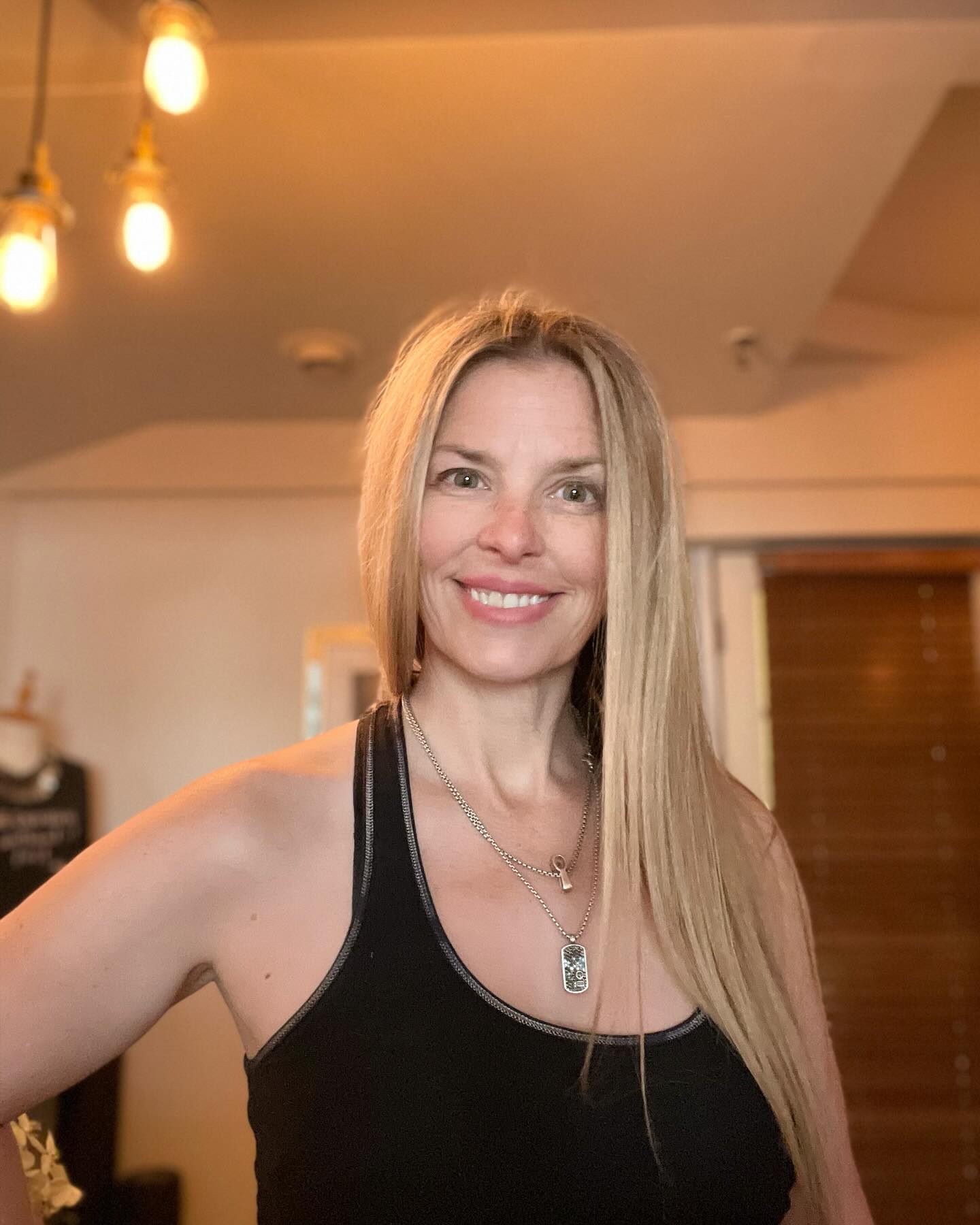
Drawing from a rich tapestry of trauma credentials, including Compassionate Inquiry® psychotherapy, Trauma Center Trauma Sensitive Yoga (TCTSY), Somatic Experiencing® International, and Trauma Research Foundations Traumatic Stress Certificate Program, Janis is at the forefront of holistic healing. Her whole-body approach to movement is not only practical and functional but also deeply transformative, addressing both the root cause of limitations and aesthetic concerns.
The Healing Power of Movement
Reconnecting with Our Bodies
When we experience trauma, our natural response is often to disconnect from our bodies as a protective mechanism. This disconnection can lead to long-term physical and emotional issues. By engaging in mindful movement, we begin to rebuild that connection. Activities such as yoga, tai chi, and even mindful walking encourage us to pay attention to our body's sensations, fostering a sense of presence and awareness.
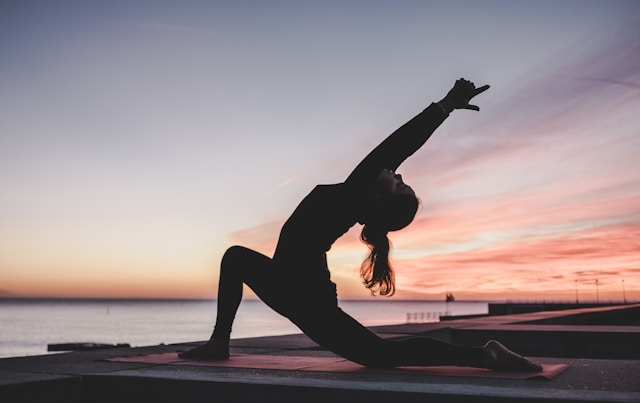
Mindful Practices for Reconnection
Yoga
Yoga combines breath control, meditation, and physical postures to enhance body awareness and mental clarity. Each movement is performed with intention, promoting a deeper connection between mind and body. The practice of yoga allows us to slow down and focus on the present moment, providing a sanctuary from the chaos of daily life.
Tai Chi
Tai chi, an ancient martial art, focuses on slow, deliberate movements and deep breathing. Often described as "meditation in motion," tai chi helps reduce stress and improve mental health by increasing body awareness. This practice encourages a state of calm and balance, both physically and mentally.
Mindful Walking
Mindful walking involves simply walking with awareness of each step and breath. This practice can be a powerful way to reconnect with our bodies, encouraging us to be present in the moment and appreciate the sensations of movement. By integrating these mindful practices into our routines, we can foster a deeper connection with our bodies and promote overall wellbeing.
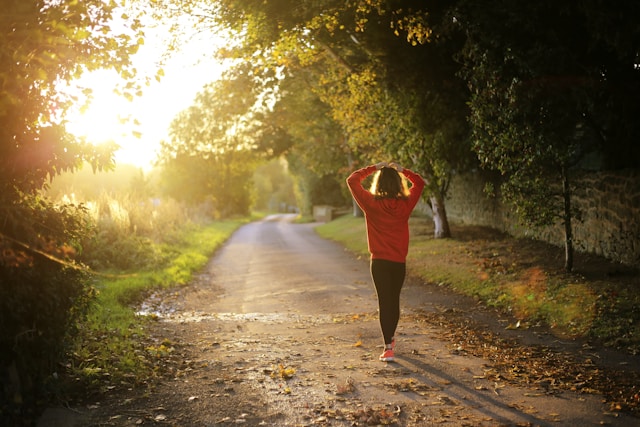
Enhancing Body Awareness through Movement
Enhancing body awareness through movement goes beyond basic physical exercises and delves into practices that heighten our sensory perception and understanding of how our bodies move. Techniques like the Feldenkrais Method focus on increasing awareness of movement patterns and improving posture. This method emphasizes gentle, mindful movements that encourage us to notice how we move and make adjustments that promote ease and efficiency. By developing a more nuanced understanding of our bodies, we can recognize and release physical and emotional tension, contributing to overall mental and physical health.
BRIDGING PHYSICAL AND EMOTIONAL HEALING
Understanding the Connection
Physical and emotional healing are deeply interconnected. Our bodies store emotions and trauma, which can manifest as physical pain or tension. Mindful movement helps release these stored emotions, providing a pathway to emotional healing. When we move with intention and awareness, we allow ourselves to process and release these emotions, leading to a sense of relief and balance.

Techniques to Integrate Movement and Emotion
Somatic Experiencing
Somatic experiencing is one therapeutic approach that focuses on the body’s sensations to release stored trauma through gentle movement and awareness exercises. This method helps individuals process trauma in a safe and controlled manner, facilitating both physical and emotional healing.
Dance Therapy
Dance therapy involves engaging in free-form dance to allow for emotional expression through movement. This creative outlet helps explore and release emotions that may be difficult to articulate verbally, fostering emotional wellbeing.
Breathwork
Incorporating breathwork into movement practices can also enhance the emotional release process. Techniques such as deep diaphragmatic breathing help release tension and promote relaxation, supporting the body’s natural healing processes. By integrating these techniques, we can create a holistic approach to healing that addresses both physical and emotional aspects of wellbeing.
Embracing Self-Compassion in Movement
Patience and Gentleness
A key component of healing through movement is cultivating patience and self-compassion. Trauma can leave us feeling disconnected and harsh towards our own bodies. Mindful movement encourages us to be gentle with ourselves, recognizing that healing is a gradual process. By listening to our bodies and moving at our own pace, we create a safe space for recovery.
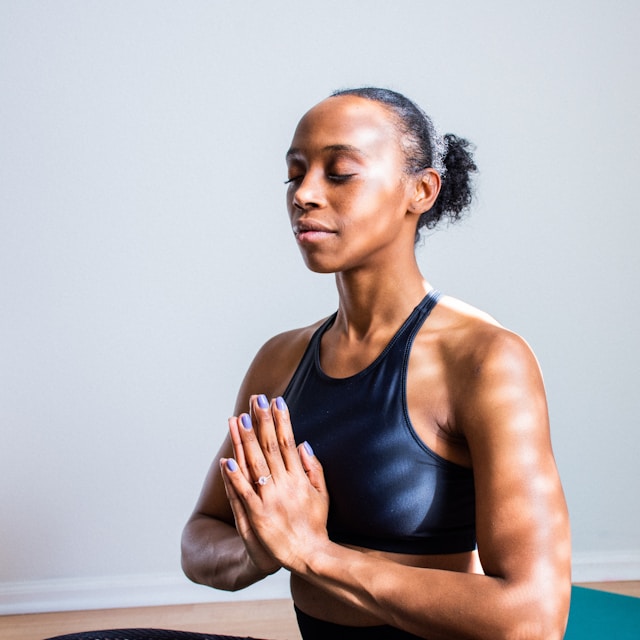
Building a Compassionate Practice
Setting intentions at the beginning of each movement session can focus on self-care and healing, setting a compassionate tone for the practice. Regularly performing body scans during movement practices helps us identify areas of tension or discomfort, allowing us to address them with kindness.
Integrating Positive Affirmations
Integrating positive affirmations into your movement routine reinforces a compassionate mindset. Phrases like “I am healing” or “I am strong” can provide emotional support and encouragement throughout the process.
Movement as a Daily Ritual
Integrating Movement into Everyday Life
Making mindful movement a daily ritual can significantly enhance our mental health. This doesn’t require extensive time or effort; even small, consistent practices can make a difference. By incorporating movement into our daily routines, we create ongoing opportunities for reconnection and healing.
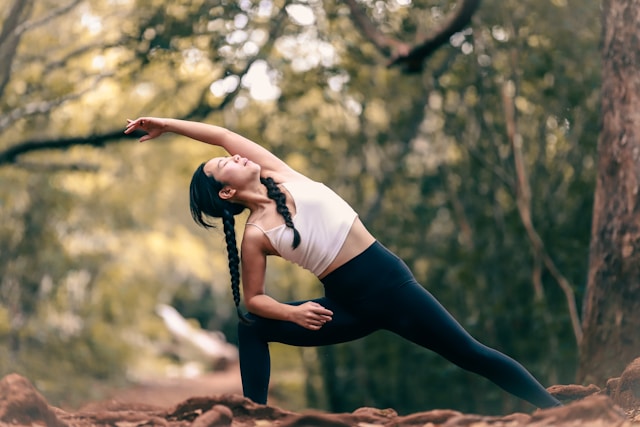
Practical Tips for Daily Movement
Starting your day with a gentle stretching routine can wake up your body and mind, focusing on deep breaths and slow movements. Taking short breaks during the day to engage in mindful movement, such as a brief walk or a few yoga poses, helps break the cycle of stress and keeps your energy levels balanced. Ending your day with calming movements like gentle yoga or tai chi can release the day's tension and prepare you for restful sleep.
Creating Movement Rituals
Incorporating movement rituals into specific moments of your day can anchor you in the present and provide a sense of continuity. Whether it’s a morning yoga flow, a midday dance break, or an evening walk, these rituals can become touchstones of self-care and grounding amidst the busyness of life. Consistency is key; find rituals that resonate with you and make them a cherished part of your daily routine.
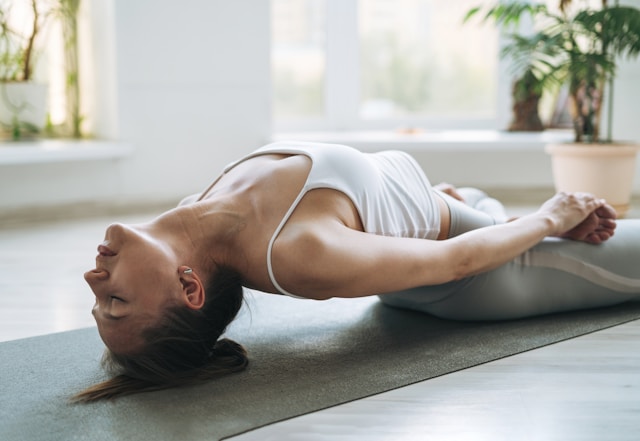
Exploring Movement Diversity
While consistency is important, so is variety. Exploring different types of movement not only keeps your practice fresh and engaging but also provides a broader range of physical and mental benefits. Try incorporating activities like swimming, hiking, or dancing into your routine to discover new ways of moving that bring joy and vitality to your life.
Mindful Movement for Emotional Release
Movement can be a powerful tool for processing emotions and releasing tension stored in the body. Incorporating mindfulness techniques into your movement practice, such as breathwork and body scans, allows you to connect with and release emotional energy. Pay attention to any sensations or emotions that arise during movement, allowing yourself to move through them with compassion and acceptance.
The TAKEAWAY
In our modern society, where the demands of daily life often overshadow our need for self-care, the importance of reconnecting with our bodies cannot be overstated. This disconnect, exacerbated by trauma and stress, can have profound implications for our overall well-being. Yet, amidst the chaos, there lies a beacon of hope: mindful movement. By embracing gentle practices such as yoga, tai chi, and mindful walking, we embark on a journey of self-discovery and healing. These practices offer us a sanctuary—a space where we can listen to our bodies, honor our experiences, and cultivate a deeper connection with ourselves.
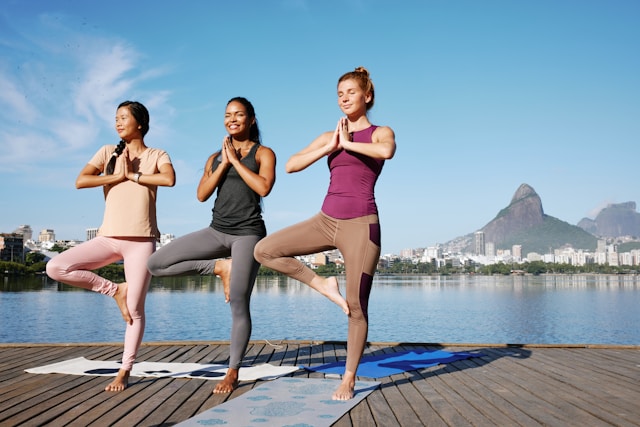
The healing power of movement extends far beyond physical fitness; it provides a pathway to emotional resilience and self-compassion. Through mindful practices, we learn to navigate the complexities of our inner landscape, releasing stored emotions and embracing a more compassionate approach to ourselves. This journey is not always easy—it requires patience, gentleness, and a willingness to confront the discomfort that arises. Yet, in doing so, we open ourselves up to profound transformation and growth.
As we integrate mindful movement into our daily lives, we not only nurture our bodies but also nurture our souls. Each breath, each step becomes an opportunity for self-discovery and healing. So let us embrace this journey with open hearts and open minds, knowing that in reconnecting with ourselves...
